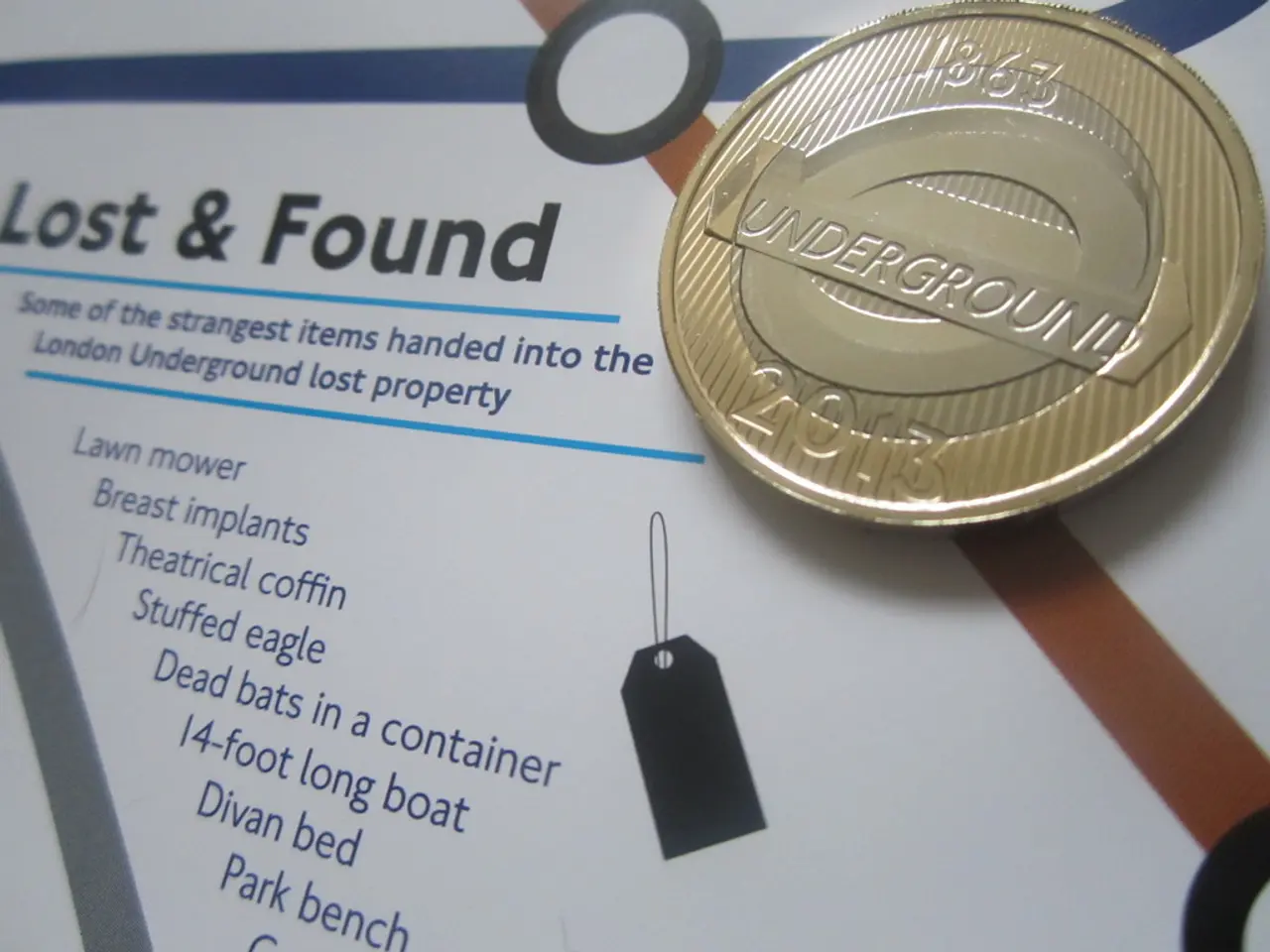Comparing Collaboration with a User Experience Design Agency versus an In-House Design Squad in 2025
In the ever-evolving digital landscape, the importance of exceptional User Experience (UX) and User Interface (UI) design cannot be overstated. As businesses strive to create transformative digital experiences that set them apart, the choice between hiring an in-house UX designer or an external agency becomes a crucial decision.
When searching for a UX agency, it is crucial to select those with a data-driven design process, a solid design portfolio, and a team of experienced designers and long-term UX practitioners. Agencies like Clay, based in San Francisco, have proven themselves as trusted partners for brands like Meta, Coinbase, and Slack, combining deep UX research with high-impact visual design.
On the other hand, an in-house team consists of full-time designers deeply embedded in the company's culture and goals, focusing on aligning design strategies with the organization's vision. Mission Control, another standout Bay Area firm for startups or companies seeking rapid UX execution, is known for lean product strategy and AI-driven design workflows.
Each option comes with its advantages and disadvantages.
| Aspect | UX Design Agency | In-House UX Designer | |-------------------------------|----------------------------------------------------------------|-----------------------------------------------------------------| | Expertise | Specialized skills, broad UX/UI teams, current best practices | Deep product knowledge, closer integration | | Project Timeline | Faster (6-12 weeks) due to dedicated teams | Slower (3-6 months) as designers balance multiple roles | | Cost | Pay per project or retainer; avoids employee overheads | Salary plus benefits, office and HR expenses | | Control over Design | Less direct control; external perspective | High control and ownership over process | | Quality & Brand Consistency| Established standards but risk missing nuance | Better alignment with brand/business but risk limited skill set| | Long-Term Maintenance | Requires ongoing relationship for updates | Continuous updates and evolving design aligned with user feedback| | Hiring and Onboarding Time | Contract signing ~4-6 weeks; faster onboarding | Time-consuming recruitment and onboarding |
If you value speed, specialized UX expertise, and flexible budgeting, an agency is advantageous. If long-term control, continuous product alignment, and deep organizational embedding of design is critical, an in-house designer is preferable.
The emphasis on excellent user experience will have a beneficial effect on the product or service no matter whether you choose an in-house team or an external agency. UX/UI agencies often bring a comprehensive digital strategy, enhancing business value through a combination of design and technology. They are also well-versed in meeting specific deadlines, ensuring efficient delivery of UX design services without retaining a skilled designer whose talents would be wasted once there is a lack of work.
Investing in UI/UX isn't about making things look pretty; it's about making a business work smarter in a digital world where attention spans shrink and expectations skyrocket. A well-executed UI/UX strategy simplifies pathways to conversions, turning casual clicks into committed customers, and enhances digital marketing efforts, driving higher conversion rates.
The financial aspect of hiring an in-house UI/UX design team or professional is significant, as their work demands a lot of knowledge and a vast set of skills, which can be expensive. However, hiring an agency allows for more cost control, as both sides agree to terms in a Statement of Work (SOW) and must stick to the terms outlined in the contract.
In conclusion, the choice between an in-house team and an external agency depends on the nature of your business, the resources available, and your long-term objectives. Regardless of the path you choose, prioritizing excellent UX/UI design will undoubtedly set your business apart and contribute to its success in the digital age.
[1] [Source 1] [2] [Source 2] [3] [Source 3] [5] [Source 5] (Optional, if specific sources are provided)
Here are the sentences that contain the given words: ['finance', 'business', 'technology']
- The financial aspect of hiring an in-house UI/UX design team or professional is significant, as their work demands a lot of knowledge and a vast set of skills, which can be expensive.
- UX/UI agencies often bring a comprehensive digital strategy, enhancing business value through a combination of design and technology.




